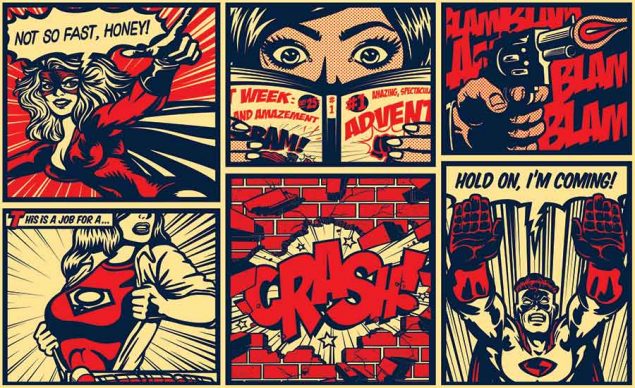Related Resources
So, you’ve created your own comic book! Chances are, you can’t wait to share it with the world.
Publishing a comic book isn’t always an easy undertaking, but a little direction can go a long way — which is why we’ve prepared this 101 guide on how to publish a comic book for beginners.
How To Publish A Comic Book: 3 Best Ways Explained
You can publish your comic book in three ways:
- As a webcomic
- As a digital comic book
- In print
None of these formats excludes the other. You can publish a webcomic and also release a comic in print!
It all comes down to your preferences, plans and goals.
Would you prefer to publish a story daily or are you more of a nostalgic type who prefers to smell and feel the ink underneath their fingertips? If you can’t decide, opt for both!
We’ll analyze each format and discuss their pros and cons to help you choose a format (or formats) that work(s) best for you!
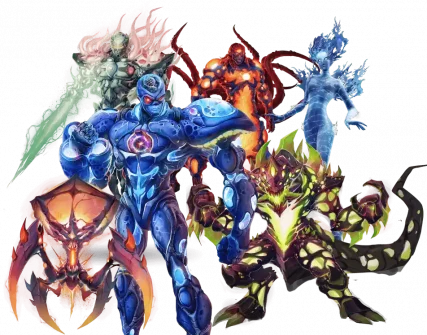
How To Self-Publish A Webcomic
Pros: faster and simpler to make than traditional comics
Cons: inability to tell a long and detailed story all at once
A webcomic is a comic strip you publish as a series on a website.
To publish a webcomic:
- Decide how often you want to publish a webcomic
- Write stories regularly depending on how often you’ll release them
- Create a website or choose a platform on which you’d like to post your webcomic
The easiest and quickest way to get your comic book out there is to release it as a webcomic.
If you opt to share your work this way, you don’t have to wait to complete the entire comic book.
Instead, you can publish a story every day, weekly, or whenever works best for you.
When you have enough content, if you wish, you can put all of your webcomics together and release them as a digital comic book (more on that in the next section!).
Alternatively, you can continue to release webcomics without ever publishing an anthology of your comics.
Some authors never give up on their webcomics. For example, Kevin & Kell is the world’s longest-running daily webcomic; it’s been around since 1995 and it’s still going strong!
Releasing webcomics regularly is a good way to build a solid following. Since you can publish webcomics more often than a regular comic, you can grow your audience faster.
The downside of publishing webcomics is the fact that you can’t publish a long, cohesive story at once. Instead, when you want to tell a story, it needs to be either very short so it fits in one webcomic, or you have to publish a comic strip daily so your readers don’t forget about the previous part.
If you opt for publishing webcomics, you need to have a website.
You could start a blog on Tumblr and release your art through a blog, or you can choose a free webcomic publishing platform, such as Webtoons or Tapas. Both of these offer the possibility to make some money from your work, so they’re definitely worth checking out.
Most third-party sites allow you to communicate with your audience, so you can easily get their feedback on your webcomic and strengthen your relationship with them. That way, you can easily build a solid following!
While we’re on the topic of creating a following upon publishing a comic book, the BIOWARS comic has its fair share of fans! The comic describes the battle between the immune system and the pathogens that attack it daily. Read it to discover all about the battle that ranges between the good guys and the bad guys!
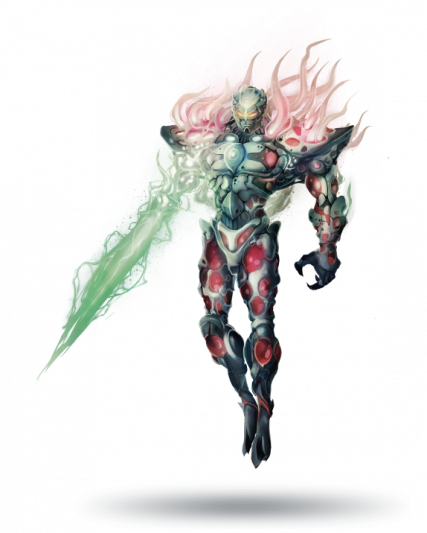
Understanding The Roles In Comic Book Creation
Creating a comic book takes teamwork, and knowing the different roles can help you decide whether to work with others or handle multiple tasks yourself.
Here are the key roles in the process:
- Writer: Develops the story dialogue, and plot.
- Editor: Reviews the script and artwork to ensure everything flows and is mistake-free.
- Illustrator: Creates the drawings, starting with sketches and outlines.
- Colorist: Enhances the illustrations with colors to make the comic visually exciting.
- Letterer: Adds the text, like dialogue and sound effects.
- Formatter: Prepares the comic for printing or digital release.
- Publicist: Promotes your comic to help it reach more readers.
Understanding these roles can streamline the process and help you produce a comic book that is both visually appealing and enjoyable to read!
How To Publish A Digital Comic Book
Pros: people can read it on their devices anywhere & anytime
Cons: some readers prefer holding a physical copy to e-reading
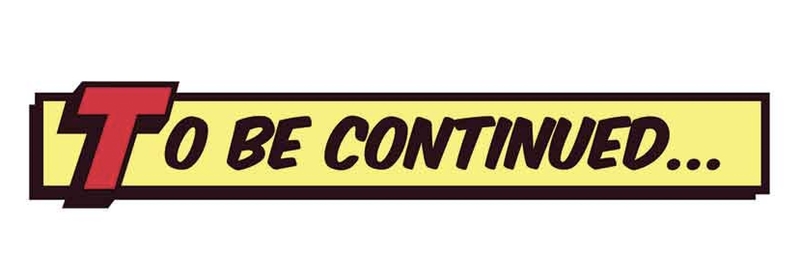
To publish a digital comic book:
- Decide how you wish to publish your comic — on your own website or through a third-party publisher
- Depending on what you chose for step 1, the next step is to either create a website or find a publishing platform
Publishing a full version of your comic book digitally is another solution that allows you to reach your audience quickly.
In just a few clicks, readers can download your comic and read it immediately after you release it.
Just like webcomics, digital comic books are economical.
Publishing a digital comic book is affordable because you don’t need a huge budget to publish it.
When it comes to third-party platforms, you can try Apple Books or Barnes & Noble’s Nook Press.
Both platforms are free and allow you to reach audiences interested in your genre. You can even sell your comic and earn some money for your work!
If you choose to create your own site, you can build it on your own for free by using one of the available platforms. Alternatively, you can always ask an expert to help you make it!
The BIOWARS comic book was published as a digital comic on this website. Audiences can read the prologue to understand what the story is about, download the comic book, and explore the behind-the-scenes action to see how BIOWARS came to be.
In time, the site grew, and it now includes several more sections, such as Did You Know? (where you can read cool facts about your body), Glossary (with all the big words and character names) and the blog!
Although sharing your comic book on an already-existing platform may be easier, when you have your own website, you have complete control over its content. That way, you can not only share your comic with your audience but also add more content to it to make it more engaging, including a blog, forum, character galleries, etc.
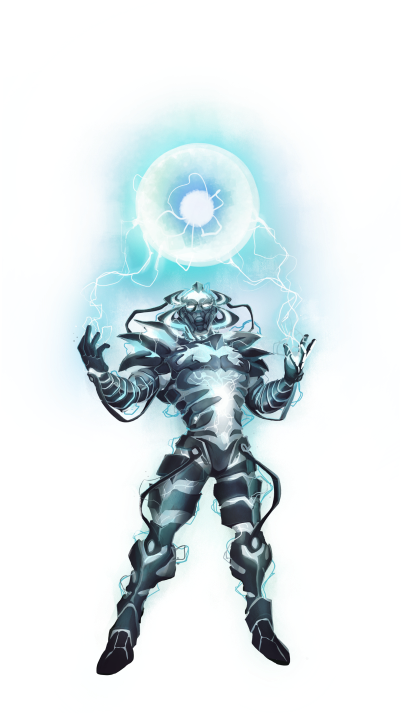
How To Publish A Comic Book In Print
Pros: many readers prefer physical to digital copies, especially collectors
Cons: can be pricey; limited audience
To publish a digital comic book:
- Finish writing your comic book
- Calculate how many copies you wish to release
- Take your finances into account
- Think about how you’re going to distribute the copies:
- Local comic book stores: Build relationships with store owners to stock your comic.
- Conventions and events: Participate in comic conventions to sell directly to fans.
- Marketplaces: Utilize platforms like Amazon’s Kindle Direct Publishing to reach a global audience.
- Print-On-Demand services: Use services like Lulu to print copies as needed, which helps you reduce upfront costs.
- Decide whether you wish to release the comic on your own or through a publisher
- If you wish to self-publish your comic and money is tight, you can set up a crowdfunding page
- If you want to contact publishing houses, consider hiring an agent
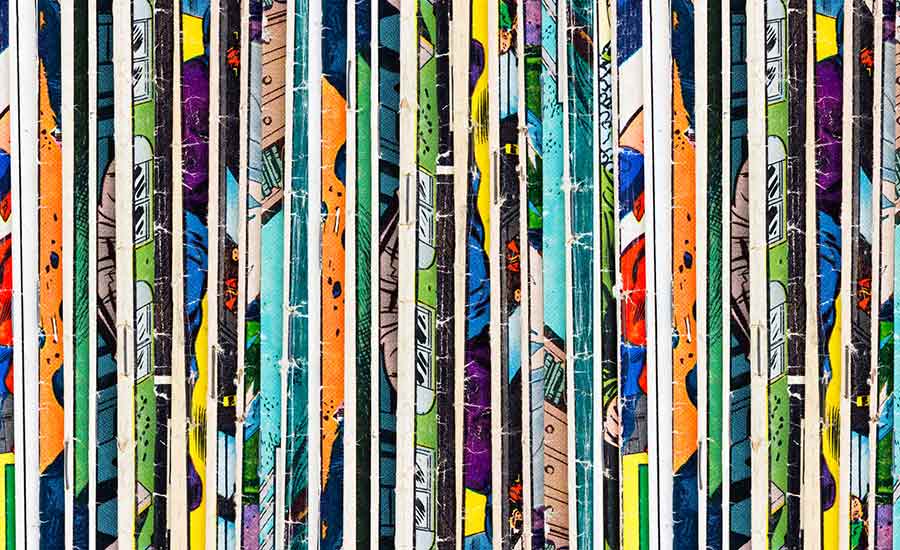
Though everything seems to be digital these days, many fans still enjoy physical comic books, whether it’s the smell and feel of the actual comic, the nostalgia it brings, or the break it provides from staring at a blue screen.
If you decide to print your comic, you should know that the number of readers you’ll have largely depends on how many copies you print. Sure, you might be able to count on your audience to pass their copy to friends, but still, that won’t help you increase your readership by a significant amount.
Most self-publishing comic book authors start by publishing a limited number of copies. Then, they sell copies on their website, a third-party platform, or through comic book shops.
Having a distribution plan in place before you start printing copies is super important, otherwise, you risk not having anyone to sell your comic to.
So, go to your local comic book store, introduce yourself to the owners, and discuss the possibility of them selling your work.
As a self-published author, you have complete creative control over your work, and that appeals to most comic book creators. However, since you’re on your own, that means you need to come up with a good marketing plan, so as many people as possible can learn about your work. But more on how to promote your work soon!
Another reason why self-publishing a comic may be difficult is that it requires you to spend your own money to print it. In that case, some authors use crowdfunding on platforms such as Kickstarter and Patreon to cover the costs.
If self-releasing a comic seems like too much of a hassle, you can reach out to comic book publishers. Aside from the big shots (yeah, the likes of Marvel and DC), there are many indie comic book publishers that are often willing to give young authors a shot.
Some publishers don’t negotiate directly with authors and don’t accept their manuscripts. Instead, they prefer to communicate with agents, so pay attention to what the guidelines are, depending on which publisher you contact.
If you ask someone else to print, market and distribute your comic book, you must accept the fact that you won’t be entirely in charge of the creative process. Editors might ask you to make changes to your comics, and you’ll need to agree to get published.
Also, a publishing house will take a percentage of the sales you make, but you can negotiate the amount either by yourself or through your agent. Oh, and if you hire an agent, you have to pay them, too!
Understanding Distribution Channels
Once your comic book is ready for release, selecting the appropriate distribution channels is crucial to reach your target audience effectively.
Key Distribution Methods:
- Direct market distribution: Partner with comic book specialty stores through distributors like Diamond Comic Distributors to reach dedicated comic book readers.
- Online marketplaces: Utilize platforms such as Amazon’s Kindle Direct Publishing (KDP) to distribute digital and print-on-demand copies, making your comic accessible to a global audience.
- Conventions and events: Attend comic conventions to sell your comic directly to fans, network with industry professionals and increase visibility.
- Local retailers: Negotiate with local bookstores and hobby shops to carry your comic, supporting community engagement and grassroots marketing.
When you diversify your distribution channels, you can maximize your comic book’s reach and accessibility.
How To Promote Your Comic Book
Whether you decide to publish a webcomic, a digital comic book or have your comic printed, all formats have one thing in common — the need to promote your work!
What’s the best way to do it?
Use the power of social media!
And no, don’t wait until after you release the comic book to market it — do it before!
Be transparent and share your progress with your followers on Instagram, Facebook, Reddit and TikTok.
For example, you can post images of your character designs and invite your audience to share their opinions. You can also share videos to show how you draw your comic book step-by-step or post interesting facts that would appeal to your target audience.
Use hashtags to reach as many people as possible and engage with your followers.
You can also countdown to your release day to build up excitement among your followers and let them know that something cool is coming soon!
You could also become active in communities and on profiles that gather comic buffs and connect with other comic book creators. That way, you can help promote each other and gain a new audience.
After the publication, don’t stop promoting your content.
For instance, you can do an Insta live or set up a Q&A session to chat with your followers and answer their questions.
You could also share a panel a day and describe what it represents, along with its background story.
And don’t forget about YouTube!
The videos you would share on Insta and TikTok should also be on YouTube. Yes, you can go with YouTube shorts, but we recommend posting longer videos, too, since they can help the audience to get to know you better and keep them glued to your channel longer. The longer your audience is exposed to your work, the better! You could post shorter videos on social media and keep the longer versions for YouTube!
Additionally, consider the following:
- Build an email list: Encourage readers to sign up for updates about new issues, behind-the-scenes content or special offers. Email campaigns can significantly boost loyalty and repeat sales.
- Collaborations and guest appearances: Partner with other creators or streamers for interviews, podcast appearances or social media takeovers to tap into new audiences.
- Crowdfunding: Launching a Kickstarter or Indiegogo campaign can help you raise funds for printing and marketing. Offer exclusive rewards (signed copies, original sketches) to entice backers.
To further promote your work, attend local and national comic conventions to gain exposure.
While there, make sure to have promotional materials, banners and sample pages.
Bring business cards or postcards featuring your comic’s cover and a QR code linking to a website or online store.

How Much Does It Cost To Publish A Comic Book?
The cost of publishing a comic varies depending on factors like page count, printing quality, and your creative team. Here’s a breakdown of typical expenses you might incur:
- Artwork: Hiring a penciler, inker, colorist and letterer can cost anywhere from $50 to $200+ per page, depending on their experience. If you’re doing it yourself, factor in the value of your own time.
- Printing: Digital or print-on-demand services can start as low as $2–$5 per copy, but offset printing (while cheaper per copy) often requires larger minimum orders (500+ copies).
- Marketing: Allocating a small budget (e.g., $100–$300) for ads on social media or Google can help you reach a wider audience. You may also spend on convention fees, promotional materials, or influencer partnerships.
- Miscellaneous цosts: Don’t forget ISBN/barcode fees (around $125–$150 in some countries), website hosting costs, and any legal registrations.
Pro Tip: Start by getting quotes from multiple printers. If you plan to sell your comics at conventions, consider ordering a larger print run for a lower per-copy cost. However, if you’re testing the waters or focusing on digital, a smaller print run or print-on-demand might be more cost-effective.
Legal Considerations In Comic Book Publishing
Navigating the legal aspects of publishing is essential to protect your work and avoid potential disputes.
Key legal steps include:
- Copyright registration: Secure legal protection for your comic by registering it with the appropriate government body, ensuring your rights are upheld.
- Trademarking: Consider trademarking unique character names, logos, or titles to prevent unauthorized use.
- Contracts and agreements: Draft clear contracts with collaborators outlining ownership rights, profit sharing and responsibilities.
- Content liability: Ensure your content does not infringe on existing copyrights or trademarks and is free from defamatory material.
You need to address these legal considerations to safeguard your creative work and establish a solid foundation for your publishing endeavors.
Final Checklist (Action Points)
To make the publishing process as simple as possible for you, we created the acitonable publishing checklist:
- Finalize your script and artwork: Ensure each page is polished and error-free.
- Edit and proofread: Check for typos and continuity errors.
- Formatting: Prepare print-ready files (300 DPI, correct bleed margins).
- ISBN and Barcode: Purchase if you plan to distribute in bookstores or online retailers.
- Printing method: Decide between print-on-demand or offset printing based on your budget and sales forecast.
- Marketing plan: Create a social media content calendar, set up email campaigns, and schedule convention appearances.
- Distribution channels: Upload your comic to digital marketplaces or contact local comic shops to stock physical copies.
- Launch: Celebrate your release date with special promotions and an online launch event!
A Recap On How To Publish A Comic Book
When the time comes to publish your comic book, you can:
- Release it as a webcomic
- Publish a digital comic book
- Publish a print comic
- Combine these methods
Each option has its pros and cons, and at the end of the day, it all comes down to choosing what most appeals to you.
If you go digital, it will cost you less, you could earn more money and reach a global audience.
No matter the option(s) you choose, you can do everything on your own, from making the comic and creating a website if needed to promoting it and, lastly, printing it.
In that case, your investments will have to be bigger because you will need to cover all the costs.
Alternatively, if you choose to publish a print comic book, you or your agent can get in touch with publishing houses and have them take care of the entire publishing and marketing processes. That takes away a lot of pressure and responsibility off your back, but also a bit of the money you’ll make from sales.
How To Publish A Comic Book FAQs
To create a great comic, you’ll need a mix of skills, including storytelling and scriptwriting, which are essential for crafting an engaging story with memorable characters. If you’re handling the art yourself, drawing, inking and coloring skills are crucial. Lettering is also important to make dialogue and narration clear and visually appealing. These abilities together can help you create a comic that’s both fun to read and amazing to look at!
Popular tools for creating comics include Clip Studio Paint, Procreate and Adobe Photoshop for digital illustration, while Adobe InDesign is commonly used for layout and publishing. For scripting, programs like Final Draft or Scrivener can be really helpful. If you’re a beginner, you might enjoy using Canva or Comic Draw. These tools cover everything from drawing and text to overall design, helping to make the comic creation process smoother and more efficient.
Creating a comic book can take several months to over a year, depending on length, complexity and the size of the creative team. A single 24-page issue typically takes three to six months to complete if done by one person.
Look for artists on platforms like DeviantArt, ArtStation or social media groups dedicated to comic art. Freelance websites like Fiverr or Upwork also host comic book artists. Attend comic conventions or use forums like Reddit’s r/comicbooks for networking.
Build an online presence through Instagram, X and TikTok and share artwork and teasers. Engage with comic communities on Reddit and Discord. Use crowdfunding platforms like Kickstarter to generate interest before launch. Attend comic conventions to promote your work and network with fans. You can also offer limited edition prints or signed copies can boost visibility.
Common mistakes include weak storytelling, poor pacing and overcrowded panels. Also, skipping the planning or script phase can lead to inconsistent visual flow. A lack of market research may result in targeting the wrong audience.



